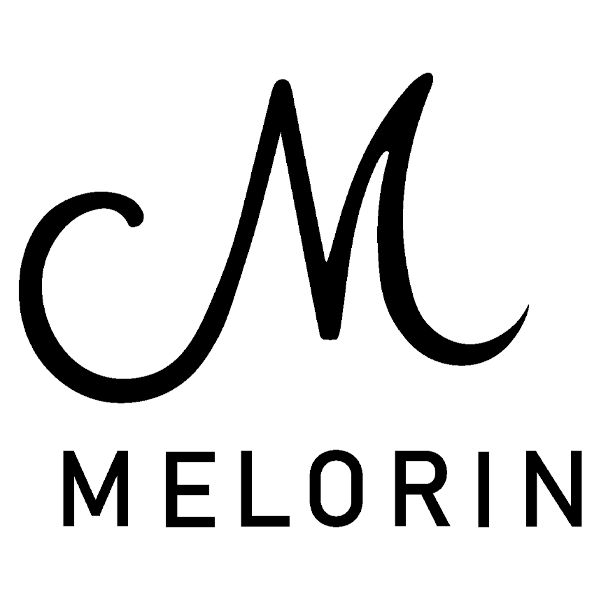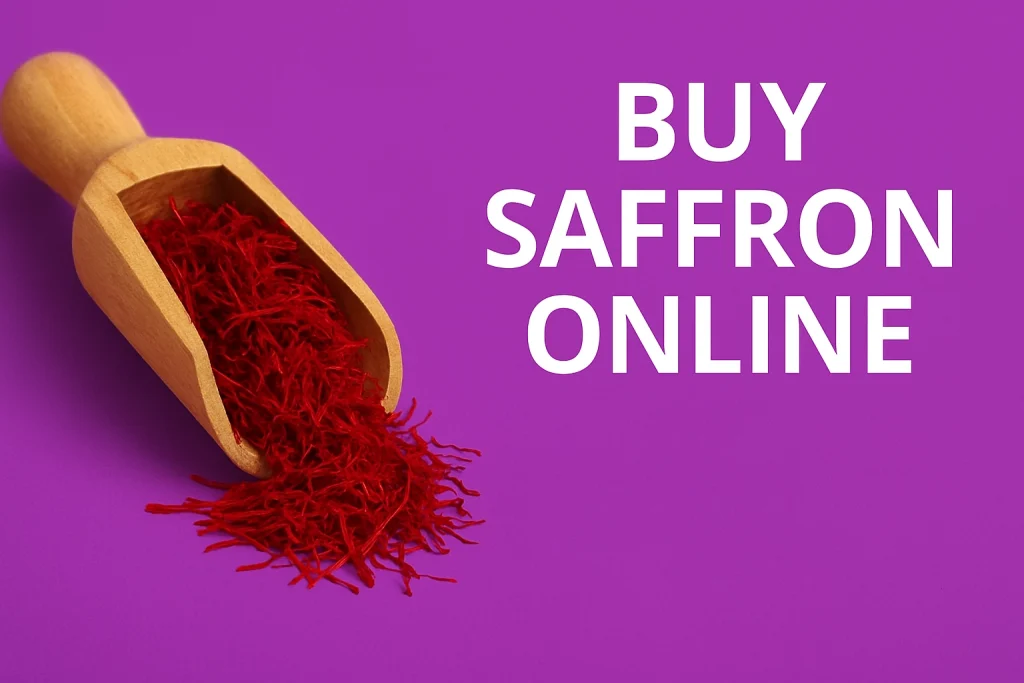Buy Saffron Online
Saffron isn’t just a spice—it’s the most valuable botanical in the world. Derived from the flower Crocus sativus, this crimson gold has been used for millennia in cooking, medicine, and ritual. Today, as more consumers turn to online shopping, knowing how to buy saffron online—especially genuine Persian saffron—has become essential.
In this comprehensive guide, we’ll walk you through everything you need to know about purchasing high-quality saffron online, from understanding its types to spotting fraud, and how to choose a reliable vendor.
Why Persian Saffron is the Gold Standard
Iran produces over 90% of the world’s saffron, with regions like Khorasan leading the charge. Persian saffron is prized for its:
- High crocin content (color)
- Intense safranal (aroma)
- Strong picrocrocin (taste)
- Long, unbroken stigmas
Due to optimal growing conditions—dry climate, well-drained soil, and ancient farming methods—Iranian saffron consistently ranks top for quality and potency.
The Main Types of Saffron You’ll See Online
When browsing online shops, you’ll come across different grades of saffron. Here’s how they compare:
1. Negin Saffron
- Longest, thickest stigmas
- Deep red, no yellow
- Highest grade, premium-priced
2. Sargol Saffron
- Only the red tips of the stigmas
- Strong color and aroma
- Excellent for culinary use
3. Pushal Saffron
- Includes part of the yellow style
- More affordable, less concentrated
4. Bunch (Dasteh) Saffron
- Whole stigma including yellow base
- Often tied in traditional bundles
- Rarely sold outside Persian markets
5. Konj (White Saffron)
- Lower coloring, mostly used for aroma or tea
- Least expensive
Knowing these types helps you match your purchase to your intended use and budget.
How to Identify Genuine Saffron Online
Scammers thrive where there’s demand. Here’s how to avoid getting duped:
1. Check for ISO 3632 Certification
This international standard measures:
- Crocin (color)
- Safranal (aroma)
- Picrocrocin (taste)
Only trustworthy suppliers display this.
2. Look for Lab Reports
Authentic brands often provide third-party lab test results to back up quality claims.
3. Inspect the Product Images
High-quality saffron has:
- All-red stigmas (no white or too much yellow)
- Dry, brittle texture
- Slight curled tips, not straight cut strands
4. Review the Packaging
Proper saffron packaging includes:
- Airtight containers (glass or metal)
- Batch numbers and harvest dates
- No excessive branding or glitter
5. Read Verified Buyer Reviews
Look for consistency in praise or complaint, especially around aroma, color, and effectiveness in cooking.
Trusted Online Sources for Buying Saffron
Stick to retailers who:
- Have transparent sourcing (farm to jar)
- Offer return policies
- Provide detailed product descriptions
- List origin country (Iran, Afghanistan, etc.)
International Organization for Standardization – ISO 3632
The Dangers of Fake Saffron
Fake saffron can be:
- Dyed corn silk
- Coconut fibers
- Horsehair or shredded paper
Consuming fake saffron isn’t just a waste—it could cause allergic reactions or gastrointestinal issues.
Tips to Test Authenticity at Home:
- Cold Water Test: Real saffron releases color slowly and strands remain intact.
- Taste Test: Should be bitter, not sweet.
- Smell: Must be earthy, like hay mixed with honey.
Best Practices for Buying Saffron in Bulk
Are you a chef, distributor, or bulk buyer? Then keep this in mind:
- Request samples
- Ask for harvest year
- Compare lab reports
- Negotiate on packaging & branding options
Bulk saffron often comes in sealed tins or kilo packs. Always verify certifications.
How to Store Saffron After Purchase
To maintain potency:
- Keep it in airtight glass containers
- Store in a cool, dark place
- Avoid plastic bags or high humidity
Shelf life: Up to 3 years if properly stored.
A Brief Look at Saffron’s Health Benefits
Saffron isn’t just for color—it’s been linked to:
- Mood elevation (natural antidepressant)
- Improved memory
- Antioxidant and anti-inflammatory effects
- Skin brightening and healing
However, dosage matters. Overconsumption may lead to nausea or dizziness.
Frequently Asked Questions (FAQs)
Q1: How much saffron should I buy as a beginner?
Start with 1 gram—it’s enough for several dishes.
Q2: Why is saffron so expensive?
Each stigma is hand-harvested; it takes ~150 flowers for 1 gram.
Q3: Can I use saffron for tea?
Yes, simply steep a few strands in hot water for a fragrant and beneficial infusion.
Q4: What’s the difference between Persian and Spanish saffron?
Persian saffron is more potent, while Spanish is often milder and more golden in color.
Read our full breakdown of saffron types and their uses
Final Thoughts
Buying saffron online is no longer a gamble—if you know what to look for. Whether you’re cooking gourmet meals or brewing aromatic teas, authentic Persian saffron brings richness and depth unlike any other spice.
Stick to certified sellers, understand the product, and enjoy the full experience that only high-quality saffron can provide.

